GE Electric IS220PPRAH1A Advanced I/O Module for Industrial Automation
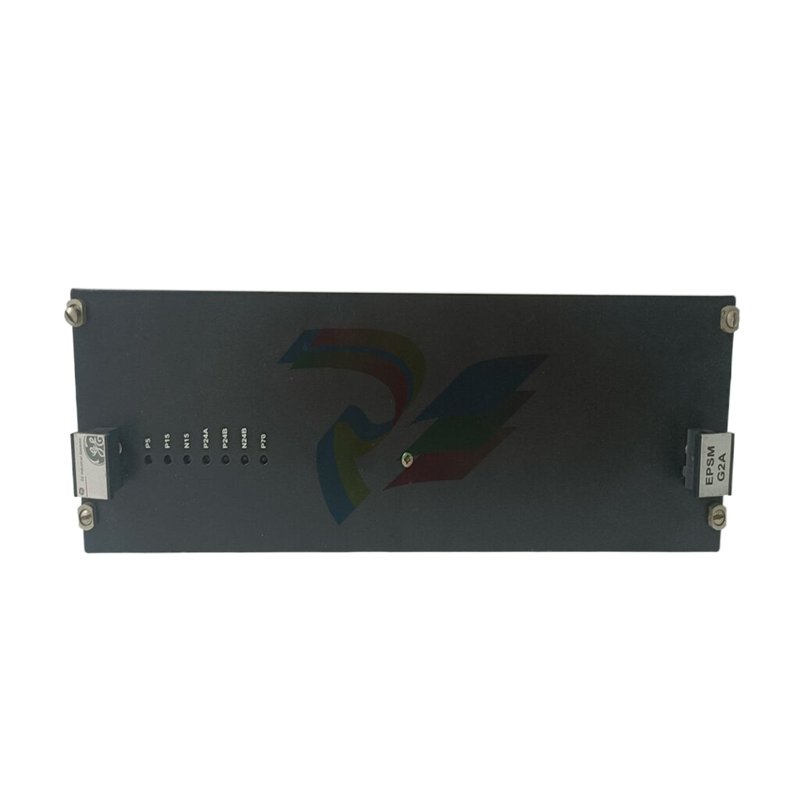
Introducing the GE Electric Model: A Pinnacle of Innovation in Automation
The GE Electric model stands as a testament to GE's unwavering commitment to innovation, reliability, and efficiency in the realm of automation products. With cutting-edge technology and a robust design, this model is engineered to meet the diverse needs of modern industrial environments. Let’s delve into its key technical features, usage scenarios, comparisons with other models, and a look at related models in the GE family.
### Key Technical Features
The GE Electric model boasts a suite of technical features that enhance its performance and adaptability:
1. **Advanced Processing Power**: Powered by a high-performance CPU, the GE Electric model ensures swift data processing and real-time monitoring. This makes it ideal for applications demanding rapid response times.
2. **Modular Design**: The modular architecture allows easy customization and scalability. Users can add or replace modules effortlessly, ensuring that the system grows alongside their operational needs.
3. **Robust Communication Protocols**: With support for various communication protocols, including Ethernet, Modbus, and CAN, the GE Electric model ensures seamless integration with existing systems and devices, enhancing connectivity across the board.
4. **High Reliability**: Built with industrial-grade components, the GE Electric model is designed to operate in harsh environments, providing durability and long service life.
5. **User-Friendly Interface**: The intuitive user interface simplifies the setup and operation, reducing the learning curve for new users and improving overall productivity.
6. **Energy Efficiency**: This model is designed with energy-saving features, reducing operational costs while maintaining high performance, which is increasingly important in today’s eco-conscious landscape.
### Usage Scenarios
The GE Electric model is versatile, making it suitable for various applications across multiple industries:
1. **Manufacturing Automation**: In manufacturing plants, this model streamlines production processes by automating machinery and providing real-time data analytics to optimize operations.
2. **Process Control**: Ideal for chemical and pharmaceutical industries, the GE Electric model can regulate processes, ensuring consistent product quality and adherence to safety standards.
3. **Building Automation**: The model can be integrated into building management systems, controlling lighting, HVAC, and security systems to enhance energy efficiency and comfort.
4. **Transportation Systems**: In transportation and logistics, this model can manage traffic systems, monitor fleet operations, and improve overall safety and efficiency.
5. **Utilities Management**: It is also effective in utility applications, such as water treatment and power distribution, where reliable monitoring and control are essential.
### Comparison with Other Models
When comparing the GE Electric model to other models in the GE range, several distinctions emerge. For instance, the GE IS200TBCIH1BBC offers unique functionalities suited for specialized industrial applications but may lack the modular flexibility of the GE Electric model. Similarly, the GE IS220PPROS1B is well-known for its robust performance in process control, yet the GE Electric model provides a more user-friendly interface, making it more accessible for operators.
In contrast, the GE IS215UCVEH2AB focuses on advanced communication capabilities, which is crucial for extensive network systems. However, the GE Electric model strikes a balance between communication and processing power, making it an excellent choice for users seeking versatility without sacrificing performance.
### Related Models
The GE Electric model is part of a comprehensive range of GE automation products, each designed to address specific industrial challenges. Related models include:
1. **GE IS200TPROH1BBB**: Known for its high-speed processing capabilities, ideal for real-time data applications.
2. **GE IC697MDL250**: A reliable choice for digital input and output modules, enhancing system adaptability.
3. **GE DS200CTBAG1ADD**: Offers potent control features for complex automation systems.
4. **GE IS220PAICH2A**: Aimed at process automation with an emphasis on safety and reliability.
5. **GE IC660ELB912G**: Tailored for large-scale industrial applications requiring extensive data handling.
6. **GE IC693CPU374**: Provides superior processing power for intensive automation tasks.
7. **GE IS200DSPXH1DBC**: A robust digital signal processor for high-precision applications.
8. **GE IS230SNIDH1A**: Designed for networked systems, focusing on data acquisition and control.
9. **GE IC670CHS001E**: Known for its compact design, making it suitable for space-constrained applications.
10. **GE 531X307LTBAJG1**: A versatile option for users looking for flexibility in configuration.
### Conclusion
In summary, the GE Electric model emerges as a leading choice for industries seeking reliable, adaptable, and efficient automation solutions. With its advanced technical features, broad usage scenarios, and a solid comparison with its counterparts, it is clear why this model stands out within the extensive GE automation products portfolio. Whether you are in manufacturing, process control, building automation, transportation, or utilities management, the GE Electric model promises to elevate your operational capabilities and drive success.
Explore the potential of the GE Electric model today and experience the transformative power of GE automation products in your industrial applications.
The above parameters are for reference only. Please contact our technical team for precise selection.
The GE Electric model stands as a testament to GE's unwavering commitment to innovation, reliability, and efficiency in the realm of automation products. With cutting-edge technology and a robust design, this model is engineered to meet the diverse needs of modern industrial environments. Let’s delve into its key technical features, usage scenarios, comparisons with other models, and a look at related models in the GE family.
### Key Technical Features
The GE Electric model boasts a suite of technical features that enhance its performance and adaptability:
1. **Advanced Processing Power**: Powered by a high-performance CPU, the GE Electric model ensures swift data processing and real-time monitoring. This makes it ideal for applications demanding rapid response times.
2. **Modular Design**: The modular architecture allows easy customization and scalability. Users can add or replace modules effortlessly, ensuring that the system grows alongside their operational needs.
3. **Robust Communication Protocols**: With support for various communication protocols, including Ethernet, Modbus, and CAN, the GE Electric model ensures seamless integration with existing systems and devices, enhancing connectivity across the board.
4. **High Reliability**: Built with industrial-grade components, the GE Electric model is designed to operate in harsh environments, providing durability and long service life.
5. **User-Friendly Interface**: The intuitive user interface simplifies the setup and operation, reducing the learning curve for new users and improving overall productivity.
6. **Energy Efficiency**: This model is designed with energy-saving features, reducing operational costs while maintaining high performance, which is increasingly important in today’s eco-conscious landscape.
### Usage Scenarios
The GE Electric model is versatile, making it suitable for various applications across multiple industries:
1. **Manufacturing Automation**: In manufacturing plants, this model streamlines production processes by automating machinery and providing real-time data analytics to optimize operations.
2. **Process Control**: Ideal for chemical and pharmaceutical industries, the GE Electric model can regulate processes, ensuring consistent product quality and adherence to safety standards.
3. **Building Automation**: The model can be integrated into building management systems, controlling lighting, HVAC, and security systems to enhance energy efficiency and comfort.
4. **Transportation Systems**: In transportation and logistics, this model can manage traffic systems, monitor fleet operations, and improve overall safety and efficiency.
5. **Utilities Management**: It is also effective in utility applications, such as water treatment and power distribution, where reliable monitoring and control are essential.
### Comparison with Other Models
When comparing the GE Electric model to other models in the GE range, several distinctions emerge. For instance, the GE IS200TBCIH1BBC offers unique functionalities suited for specialized industrial applications but may lack the modular flexibility of the GE Electric model. Similarly, the GE IS220PPROS1B is well-known for its robust performance in process control, yet the GE Electric model provides a more user-friendly interface, making it more accessible for operators.
In contrast, the GE IS215UCVEH2AB focuses on advanced communication capabilities, which is crucial for extensive network systems. However, the GE Electric model strikes a balance between communication and processing power, making it an excellent choice for users seeking versatility without sacrificing performance.
### Related Models
The GE Electric model is part of a comprehensive range of GE automation products, each designed to address specific industrial challenges. Related models include:
1. **GE IS200TPROH1BBB**: Known for its high-speed processing capabilities, ideal for real-time data applications.
2. **GE IC697MDL250**: A reliable choice for digital input and output modules, enhancing system adaptability.
3. **GE DS200CTBAG1ADD**: Offers potent control features for complex automation systems.
4. **GE IS220PAICH2A**: Aimed at process automation with an emphasis on safety and reliability.
5. **GE IC660ELB912G**: Tailored for large-scale industrial applications requiring extensive data handling.
6. **GE IC693CPU374**: Provides superior processing power for intensive automation tasks.
7. **GE IS200DSPXH1DBC**: A robust digital signal processor for high-precision applications.
8. **GE IS230SNIDH1A**: Designed for networked systems, focusing on data acquisition and control.
9. **GE IC670CHS001E**: Known for its compact design, making it suitable for space-constrained applications.
10. **GE 531X307LTBAJG1**: A versatile option for users looking for flexibility in configuration.
### Conclusion
In summary, the GE Electric model emerges as a leading choice for industries seeking reliable, adaptable, and efficient automation solutions. With its advanced technical features, broad usage scenarios, and a solid comparison with its counterparts, it is clear why this model stands out within the extensive GE automation products portfolio. Whether you are in manufacturing, process control, building automation, transportation, or utilities management, the GE Electric model promises to elevate your operational capabilities and drive success.
Explore the potential of the GE Electric model today and experience the transformative power of GE automation products in your industrial applications.
The above parameters are for reference only. Please contact our technical team for precise selection.
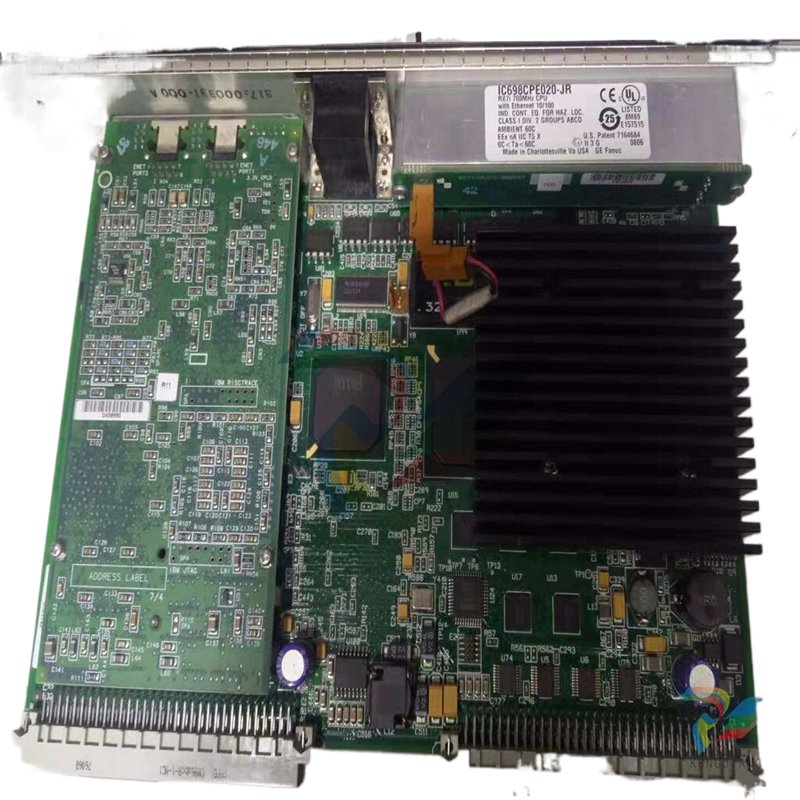



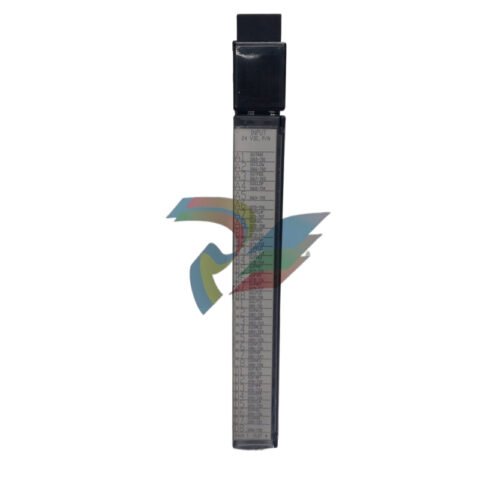

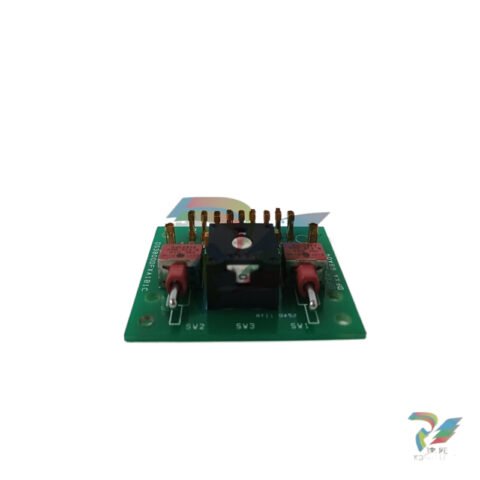






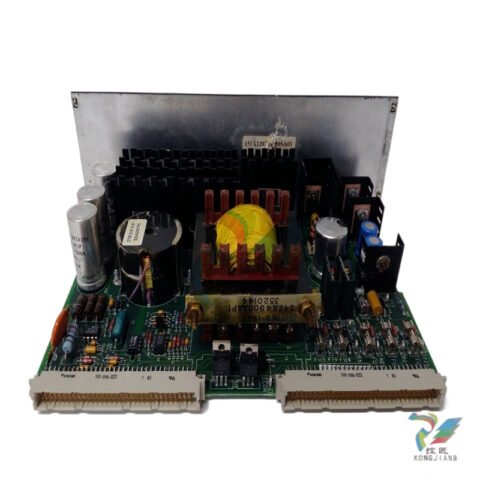
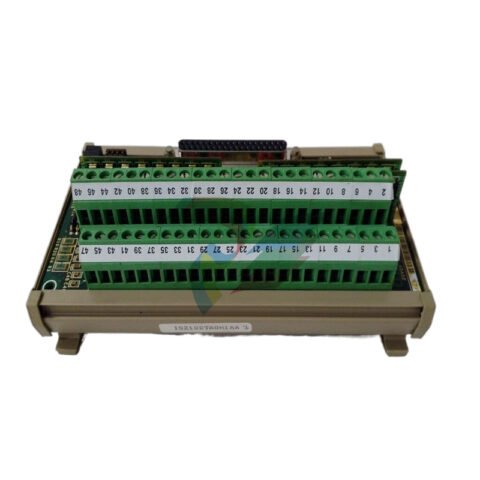
There are no reviews yet.